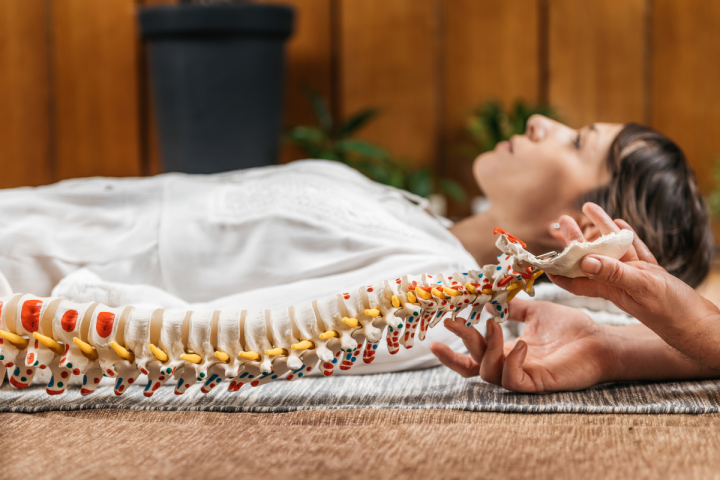Tendinopathy often affects people who repeat the same activities for long periods of time. It is a pathological condition that causes tendonitis. It is characterised by acute pain, the formation of swelling and a definite limitation of mobility. Tendinopathy is favoured by physical work in a forced body position and age. EPTE electrolysis is an innovative type of therapy that can effectively help with this problem.
What is EPTE electrolysis?
EPTE is an electromedical device that uses the health effects of galvanic microcurrents applied via an acupuncture needle directly to the damaged tendon. This initiates the process of electrolysis in the damaged area - the conversion of salt and water to hydrogen, chloride and sodium hydroxide takes place. It is the sodium hydroxide that is responsible for stimulating the body's immune response and stimulates the tissues to regenerate naturally. The specialist operating the electromagnetic device controls the stimuli sent and induces controlled inflammation, which is essential for the successful healing of tendinopathy. Due to their low intensity, the microcurrents are mostly not felt by the patient.
Advantages of EPTE therapy
Among the advantages of percutaneous EPTE therapy is the direct effect on the damaged tissue. This provides better results in a shorter time - full recovery is only a few weeks. EPTE provides greater recovery than standard techniques and helps to heal patients from tendinopathy more quickly without the need for drug therapy. The procedure is relatively painless and effectively resolves developing complaints.

EPTE electrolysis - indications
EPTE electrolysis causes micro-damage to the tissue in such a way that it can regenerate itself anew. A series of treatments performed in a professional office helps relieve pain and effectively increases the range of available movement. The method is suitable for treating conditions in the Achilles tendon, or supraspinatus muscle tendon. It also helps with the patellar collateral ligament, tennis elbow, plantar fascia, ischiofemoral muscle and pubic bone area. Contraindications include, but are not limited to, pacemakers, pregnancy, cancer, skin lesions.
How to increase treatment outcomes?
EPTE is a state-of-the-art technique supported by numerous positive clinical evidences and has been used for more than 10 years in many professional clinics in Europe and worldwide. Treatment with percutaneous electrolysis is most effective when supported by regular eccentric exercises. Within just 48 hours after the procedure, the patient regains range of movement and the pain is visibly alleviated. To increase the positive results, it is worth consulting your doctor and physiotherapist, who may recommend repeating the transcutaneous electrolysis. It is also a good idea to take care of variability of movement yourself and to maintain a healthy posture to prevent overload, injury and other conditions in the tendons.




